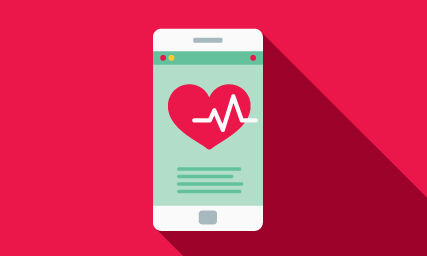So, your doctor says you’ve got prehypertension. Two questions: What's prehypertension? And now what?
What Is Prehypertension?
Prehypertension identifies people at risk of developing chronic high blood pressure if they don’t take steps to improve their lifestyle habits. Someone who develops high blood pressure may, in time, also develop heart disease, stroke, kidney disease, blindness or dementia.
They may have to stay on prescription drugs for life. The "prehypertension" numbers to remember are 120 over 80 up to 139 over 89. That reading should be seen as a yellow light.
According to guidelines issued by the federal government, those numbers signal the presence of prehypertension. For healthy adults, starting at age 18, blood pressure should be measured every year — and more often if you have abnormal readings.
Why You Need to Check Your Blood Pressure
Regular blood pressure checks are important because you can feel perfectly healthy yet still have a blood-pressure reading that’s too high.
What do the numbers mean?
A reading of 120 over 80 marks the start of prehypertension. True hypertension begins at 140 over 90 for most adults. When the top (systolic) number is between 120 and 139, and/or the bottom (diastolic) number is between 80 and 89, your reading is in the prehypertension range.
For people older than age 50, the systolic reading is more important. When your systolic pressure is 120 or higher, you should focus on lifestyle choices to try to decrease your blood pressure. These include such things as weight loss, a low-salt diet and regular exercise.
Talk to your health care provider about your target blood pressure levels and the possible need for medicine. If you have prehypertension, don't wait until you develop high blood pressure to do something about it.
How to Lower Your Risk for Hypertension
Small lifestyle changes can help delay progression to high blood pressure and the need for medicine.
- Start with exercise. Regular, vigorous walking has been shown to help lower blood pressure. Exercise will help keep your weight under control, too.
- Eat plenty of fresh fruits, vegetables, whole grains and low-fat dairy products.
- Limit sodium. The American Heart Association recommends everyone, no matter their age, ethnic background, or medical conditions, consume no more than 2,400 mg of sodium a day. Consuming no more than 1,500 mg of sodium a day can lower your blood pressure even more.
- Avoid alcohol.
- If you smoke, get help to quit.
- Learn relaxation techniques to help you better handle stress.

Heart disease is the leading cause of death for both men and women.
Our free online risk assessment only takes a few minutes. It will help you better understand your risk of developing heart disease and how you may be able to lower it.




